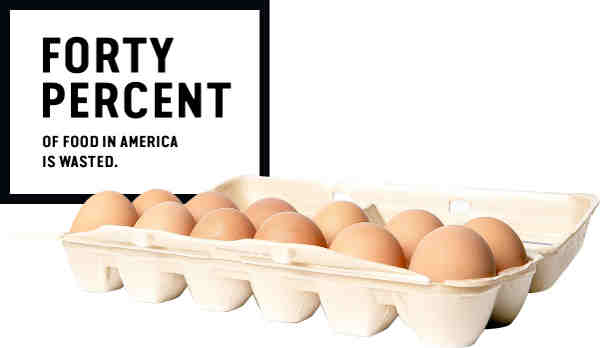How Americans Waste the Food

In the U.S., 40 percent of all food goes uneaten each year, at a cost of $162 billion annually.
Consumers are responsible for 40 percent of this waste—more than any other part of the supply chain. It’s a problem that costs the average family of four roughly $1,500 per year.
The Ad Council and the Natural Resources Defense Council have launched “Save The Food,” a public service campaign to combat food waste from its largest source—consumers, who collectively waste more food than grocery stores, restaurants or farms.
The initiative hopes to encourage consumers to reduce the amount of food they trash in their homes, thereby saving the water, energy and money that are lost along with it.
[ #End45 Campaign to End Poverty in America ]
This waste also has massive environmental impacts. Food is the single largest component of solid waste in U.S. landfills, and about 25 percent of the nation’s fresh water is used to grow food that gets trashed.
On top of that, if global food waste was a country, it would have the largest carbon footprint after the U.S. and China, as a result of carbon pollution created from growing, cooling, transporting and disposing of uneaten food.
[ Schools Compete in Cook-off to Select Food for Astronauts ]
The ‘Save the Food’ PSAs were developed pro bono by SapientNitro. The TV ad chronicles the life of a single strawberry—from the farm to the supermarket to its ultimate destination: the trash.
Michael Giacchino’s Academy Award-winning soundtrack from the movie “Up” serves as the music for the spot thanks to a donation from Disney.
All campaign assets direct audiences to SaveTheFood.com, where they can learn more about the consequences of food waste and find resources on how to reduce the amount of food they waste themselves.
Photo / Video courtesy: Ad Council
💛 Support Independent Journalism
If you find RMN News useful, please consider supporting us.




